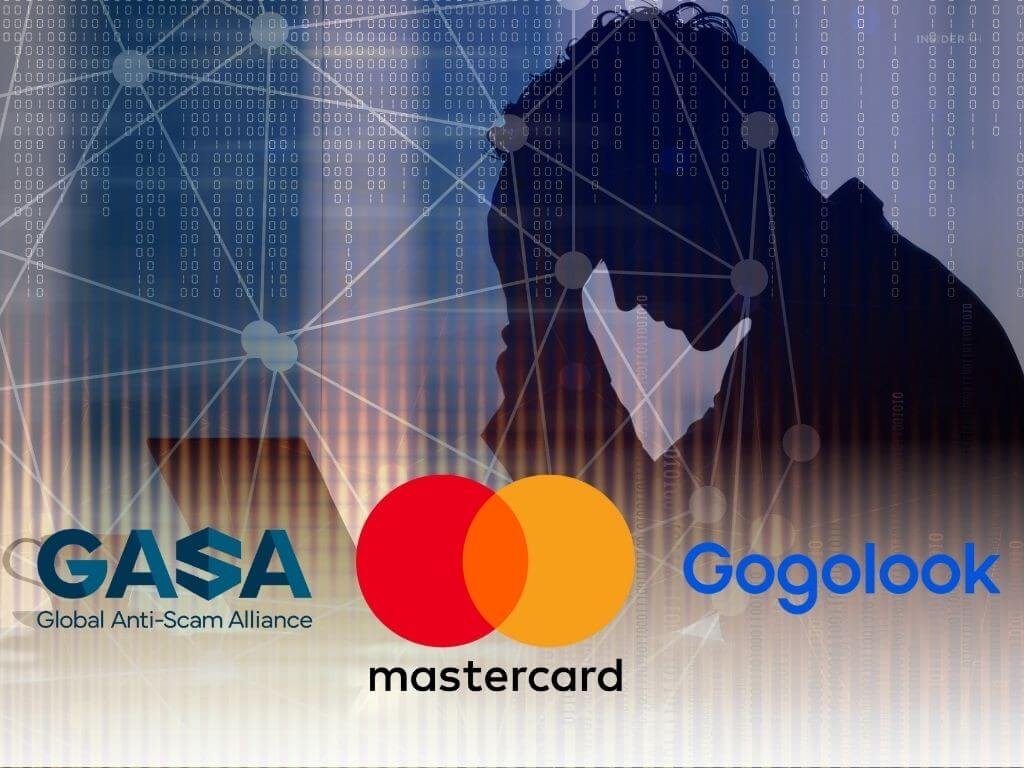

Insider Spotlight
The State of Scams in the Philippines 2025 Report reveals that nearly every adult is exposed to fraud attempts at an alarming pace, averaging 239 attempts a year—almost one every other day.
The big picture
While victims lost an average of P11,896, the emotional fallout cuts deeper. Eighty-eight percent reported stress, and almost half said scams seriously affected their mental well-being, fueling anxiety and distrust of digital tools they once relied on.
Households absorbed the shock: 23 percent cut spending, 23 percent saw family tensions rise, and 20 percent took on new debt after being scammed.
Why it matters
Fraud in the Philippines has shifted from isolated digital missteps to a persistent emotional and financial pressure point, Mastercard said in a press release.
Victims describe feeling embarrassed, responsible, and hesitant to go online—creating a climate where fear undermines everyday digital participation.
As GASA APAC director Brian D. Hanley stressed, “When nearly one in three Filipinos loses money to a scam, it’s not just a digital safety issue. It’s a household stability issue.”
The weak link
Despite good intentions, reporting systems often fail victims. Forty percent said they did not know whom to contact, and one-third found the process too complicated.
Only 11 percent recovered any money—a figure that deepens the emotional weight of being deceived.
What’s fueling the surge
Scams thrive where people are most active—text messages, messaging apps, and social platforms like Facebook and Telegram.
Gen Z consumers are least confident in spotting scams, while Millennials lose the most money.
Solutions emerging
Experts say emotional recovery starts with stronger, broader ecosystem protection—not just individual vigilance.
As Gogolook Philippines’ Mel Migriño noted, collaboration across sectors is essential to “bring back the sense of security and peace of mind to Filipinos.”
Mastercard’s Jason Crasto added in the same press release that protecting consumers now requires “systemic cooperation between industries and government.”
The bottom line
Fraud is no longer just a financial threat—it’s an emotional one. And restoring trust will depend on smarter detection tools, simpler reporting paths, and shared responsibility across the fraud-prevention ecosystem. —Vanessa Hidalgo| Ed: Corrie S. Narisma